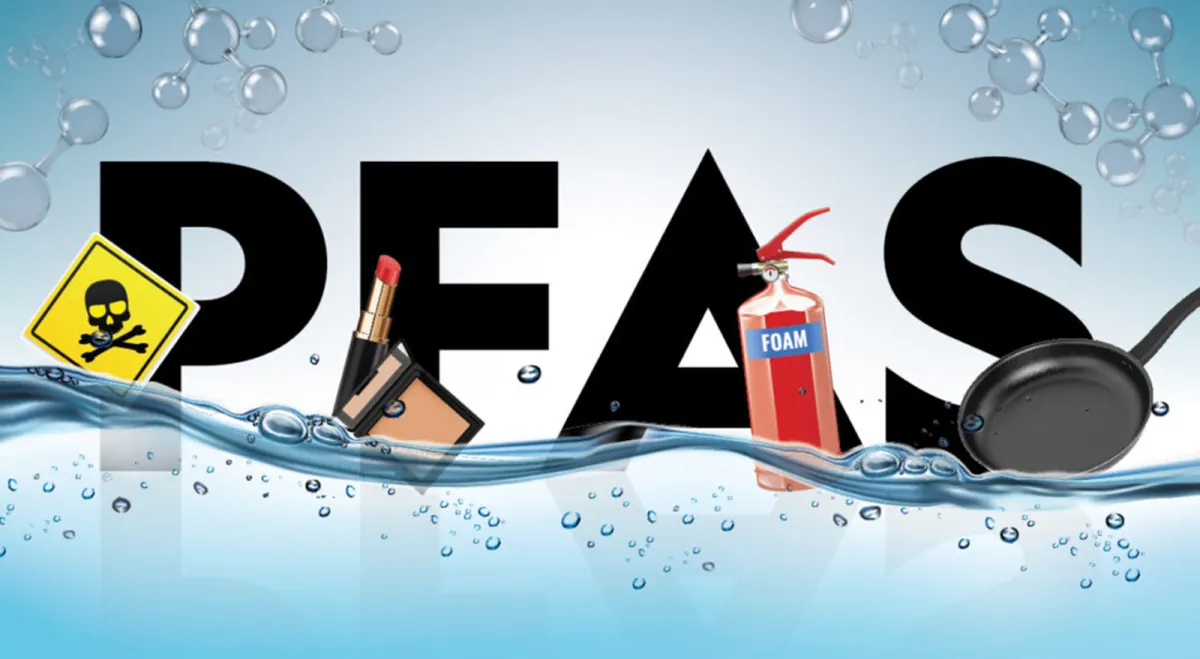
PFAS Contamination: The Hidden Danger in Our Water
Imagine turning on your tap for a glass of water—clean, refreshing, and safe. Now picture this: that same water might be silently carrying a hidden threat. PFAS contamination, a growing concern worldwide, is infiltrating our water supplies, and most people don’t even know it’s there. In this blog, we’ll dive into what PFAS are, why they’re dangerous, and what you can do to protect yourself from this invisible menace. Let’s uncover the truth about PFAS in our water!
What Are PFAS? The “Forever Chemicals” You Need to Know About
PFAS, or per- and polyfluoroalkyl substances, are a group of man-made chemicals used in everything from nonstick cookware to waterproof clothing, food packaging, and firefighting foam. Nicknamed “forever chemicals,” PFAS don’t break down easily in the environment or our bodies. They linger—for years, decades, even centuries—building up in water, soil, and living organisms, including us.
With over 4,700 types of PFAS in existence, these chemicals are everywhere. But here’s the kicker: they’ve been quietly contaminating drinking water sources across the globe, from small towns to big cities.
Keywords: PFAS contamination, forever chemicals, water safety, drinking water pollution
The Hidden Danger: Why PFAS in Water Is a Big Deal
So, why should you care? Studies have linked PFAS exposure to serious health risks, including:
- Cancer: Particularly kidney and testicular cancer.
- Hormone Disruption: Affecting thyroid function and metabolism.
- Immune System Damage: Weakening your body’s ability to fight disease.
- Developmental Issues: Impacting growth and learning in children.
The scariest part? PFAS can accumulate in your blood over time, even at low levels. The Environmental Protection Agency (EPA) has set health advisory levels for some PFAS in drinking water, but many experts argue these limits aren’t strict enough. Worse still, millions of people are drinking water with PFAS levels far above what’s considered safe.
Keywords: PFAS health risks, water contamination dangers, safe drinking water, PFAS exposure
How Does PFAS Get Into Our Water?
PFAS sneak into our water through industrial runoff, landfill leakage, and even household products. Major culprits include:
- Factories: Releasing PFAS into nearby rivers and groundwater.
- Firefighting Foam: Used at airports and military bases, seeping into soil and water.
- Everyday Items: Think grease-resistant takeout containers or stain-proof carpets—PFAS from these products end up in wastewater systems.
Once in the environment, PFAS spread like wildfire, contaminating wells, reservoirs, and municipal water supplies. It’s a silent invasion—and it’s happening right under our noses.
Keywords: PFAS water sources, industrial pollution, firefighting foam contamination, household PFAS
Are You at Risk? PFAS Hotspots Around the World
PFAS contamination isn’t just a local issue—it’s global. In the U.S. alone, the Environmental Working Group (EWG) estimates that over 200 million people may be drinking PFAS-tainted water. Hotspots include areas near military bases, industrial sites, and regions with heavy manufacturing. But don’t think you’re safe if you live far from these zones—PFAS have been detected in rainwater, bottled water, and even Arctic ice.
Check your local water quality report or use online tools like the EWG’s PFAS map to see if your area is affected. Knowledge is power!
Keywords: PFAS hotspots, water quality check, PFAS global impact, contaminated water map
What Can You Do About PFAS in Your Water?
The good news? You’re not powerless against PFAS contamination. Here are practical steps to protect yourself:
- Test Your Water: Home testing kits or professional services can reveal PFAS levels.
- Filter It Out: Use a certified water filter—like reverse osmosis or activated carbon—designed to remove PFAS.
- Stay Informed: Follow updates from agencies like the EPA or local health departments.
- Demand Action: Push for stricter regulations and cleanup efforts in your community.
Small changes can make a big difference in keeping you and your family safe from these forever chemicals.
Keywords: PFAS water filters, test drinking water, protect from PFAS, water safety tips
The Fight Against PFAS: A Call to Action
PFAS contamination is a hidden danger we can no longer ignore. As awareness grows, so does the push for accountability—lawsuits against chemical companies, tougher regulations, and innovative cleanup technologies are all in the works. But it starts with us. By spreading the word and taking action, we can demand cleaner, safer water for everyone.
Have you checked your water lately? Share this blog and let’s get the conversation flowing—because when it comes to PFAS, ignorance isn’t bliss.
